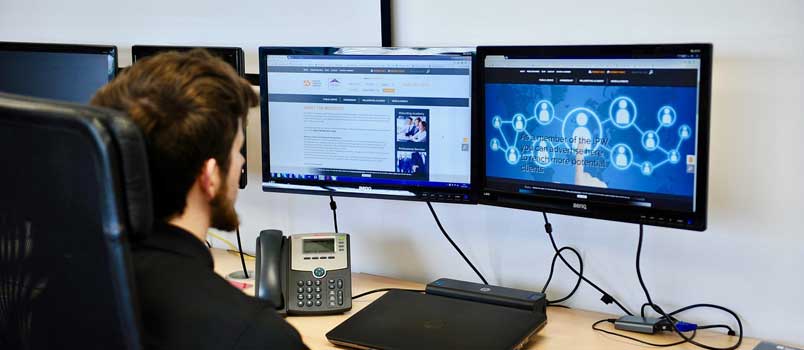If you are planning to build a high-quality website, you’re unlikely to realize that ideal if the choice of design is left to just one person. Even if you contract the work to a third party, your input as the client will still be required in making the final decision of what design to eventually go with.
The process of brainstorming a website design is, therefore, essential. If it’s rushed or not well-thought-out, you could end up with a site that’s functional but with a subpar design. A website’s design isn’t something you’d want to change every week or two. It’s a choice you should be ready to live with, in the medium to long-term.
The following are some useful tips on effectively brainstorming a website design.
Disclose the Design Brief in Full
To avoid wasting time on ideas that will never be accepted, you must precede the first brainstorming session with sharing the project brief in full with all stakeholders. Send it on email at least a week before the first brainstorming meeting so everyone can familiarize themselves with the expectations and limitations.
Armed with this information, participants will mentally filter out any design ideas they may have had but that are not compatible with the project brief. Ultimately, the fewer the ideas that the team comes up with, the quicker you can whittle things down to the one that would be most suitable.
Don’t Limit Brainstorming to Formal Meetings
A meeting to come up with creative ideas can sometimes feel like being asked (without forewarning) to crack a joke in front of a crowd. Even if you seem to have no problem coming up with jokes in other situations, the pressure could see you struggle to get your mojo.
While meetings will be necessary to perhaps interrogate ideas and eventually settle on one design, you must create avenues for stakeholders to share their ideas with the rest of the team via email, during water cooler conversations and in any other setting where someone might have a brainwave.
The Right Timing
People like to classify themselves as ‘morning persons’ or ‘afternoon persons’. The reference here is to the time when they feel most productive and effective. Nevertheless, since the different members of the design team may have different ‘peak times’, it would be impossible to accommodate all of them. In this case, it would be best to revert to the findings of good old science.
On average, early to late morning is the time most people are likely to be in their creative zone. Staff are often more laidback and exhausted in the afternoon. Mondays are also not necessarily the best, as some employees may not yet have made the mental shift from their experiences of the weekend. Nor are Fridays, since, by this time, some are already looking forward to Friday night fun. So Tuesday, Wednesday and Thursday are optimal.
Seek External Inspiration
Writers run into writer’s block, a state where they seem completely unable to produce new work or put ideas in writing. Other creatives, including web designers, will often run into similar problems. When that happens, looking to external inspiration is a great way to kick start brainstorming.
In any case, you don’t have to reinvent the wheel. Give participants an opportunity to share links of websites they particularly like. You can then take this information and use tools such as gochyu.com to identify the specific design theme used on the said site.
Embrace Physical Tools
You are brainstorming web design, so naturally, you’d expect the discussions to heavily depend on digital tools (such as laptops and projectors) to showcase the different designs the team comes up with. Nevertheless, digital tools can sometimes make products seem intangible.
Breathe life into the conversation by leveraging whiteboards, paperboards, brushes, paints and felt-tip markers. These physical tools also speed up the interrogation and analysis of ideas since anyone with a different view needs only walk to the whiteboard and quickly demonstrate why. That’s harder to do on a projector screen.
Your website is your address on the world wide web. By getting the design right, you have a better shot at creating a site that will be a powerful asset in the pursuit of your online goals.


